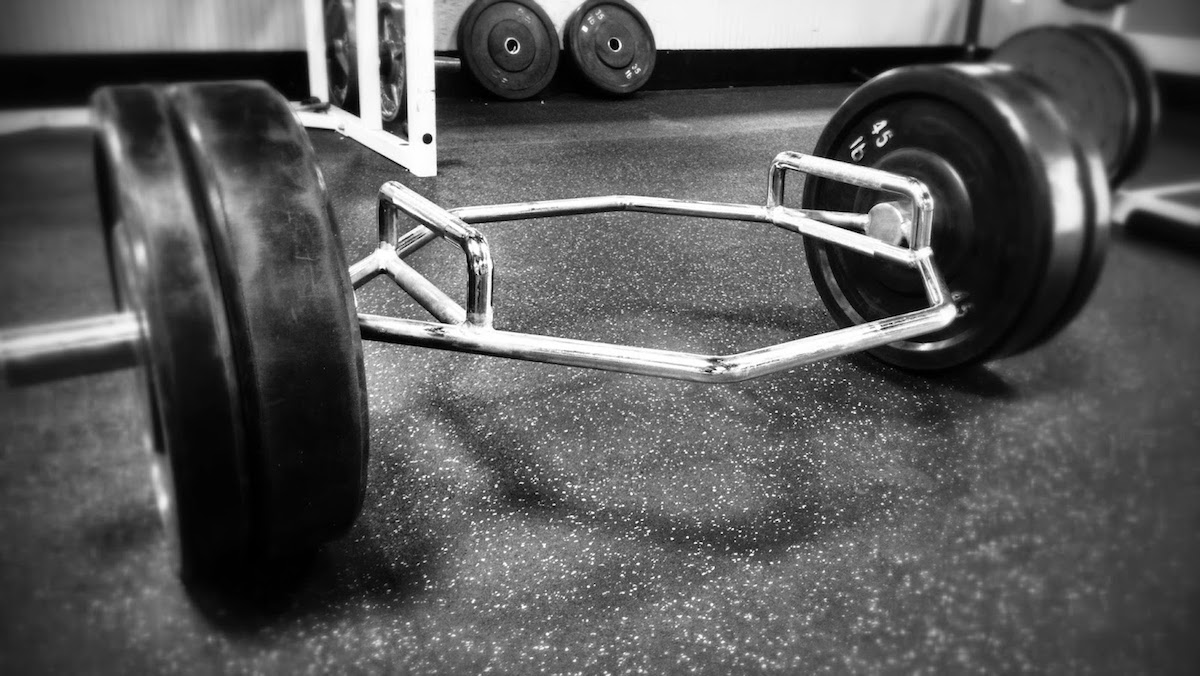In a rehab program for baseball pitchers following shoulder or elbow injuries, there is typically a progression that involves flat ground throwing over increasing distances followed by mound throwing at different levels of effort. The idea is that the flat ground throwing is not as stressful to the elbow and shoulder. This is also the approach taken to get the arms of pitchers into shape after an off-season.
In the May issue of the American Journal of Sports Medicine, Slenker et al performed a biomechanical analysis of adult baseball pitchers to determine if the assumption about the “safety” of flat ground throwing is true. The authors looked at 29 adult baseball pitchers primarily from universities, a club team, and a single Class A minor league pitcher. The pitchers each made three throws from each of the following conditions (all to a catcher):
Flat ground, 60 feet
Flat ground, 90 feet
Flat ground, 120 feet
Flat ground, 180 feet
Portable pitching mound, 60.5 feet (three throws each at 60%, 80%, and 100% of perceived effort)
For the 120 and 180 foot throws, the pitchers were allowed to use a “crow hop” to help them with their throw.
Two kinetic measures were studied; humeral internal rotational torque (HIRT) and elbow valgus load (EVL). These two measures being related to shoulder and elbow stress. The authors also looked at the velocity of the ball during each condition.
Results:
• First, when looking at pitching from the mound. The HIRT, EVL, and ball velocity all increased as the effort level increased. HIRT and EVL increased by almost 29% from 60% effort to 100% effort. Ball velocity increased by almost 18% from 60% effort to 100% effort
• Second, when looking at pitching from flat ground. HIRT decreased by almost 10% from the 60 foot distance to the 180 foot distance, but the HIRT values were all over the place as distance increased. EVL decreased by almost 12% from the 60 foot throw to the 180 foot throw, though there values were also all over the place. In other words, neither the HIRT or EVL increased in a linear manner as distance increased. Finally, ball velocity decreased by almost 30% from the 60 foot throw to the 180 foot throw, though again those values were all over the place. Only the ball velocity differences were statistically significant.
• Third, when comparing the flat ground throws to the 100% effort mound throws:
o The HIRT was lower for every distance of flat ground throw except the 30 foot throw, which was identical.
o The EVL was lower for every distance of flat ground throw except for the 30 foot throw and 60 foot throw.
o The ball velocity was lower for every value of flat ground throw except the 30 foot throw, which was identical to the mound throw.
o None of the above differences (comparing the mound to flat ground throws) were statistically significant.
As you’d expect, as the effort level of pitching from the mound increases so does the velocity of the ball as well as the stress on the shoulder and the elbow. What is interesting is that the throws from flat ground are not less stressful on the shoulder and elbow than throws from the mount, which is an idea that runs counter to current practices. According to the authors, the HIRT for mound throwing ranges from 35 Nm to 45 Nm as the effort level increased. On the other hand, throwing from flat ground produced a HIRT ranging from 37Nm to 45Nm. A similar trend can be seen with the EVL. Given this information, the authors wonder if the flat ground pitching should be continue to have a prominent role in rehab and in warming up and point out that the mound’s height and the force of gravity may actually be protective to the athlete.
The authors are working with healthy pitchers, so it’s unclear if these results apply to pitchers that are in a rehab program. The authors are also not working with professional baseball pitchers, so it’s unclear if these results apply to that population. Maybe these pitchers are inefficient with their throws and that explains the results?
It is an extremely interesting study and reinforces the notion that we still need to be asking questions about things that we “know.”
Slenker, N.R., Limpisvasti, O., Mohr, K., Aguinaldo, A., and ElAttrache, N.S. (2014). Biomechanical comparison of the interval throwing program and baseball pitching. The American Journal of Sports Medicine, 42(5), 1226-1232.


